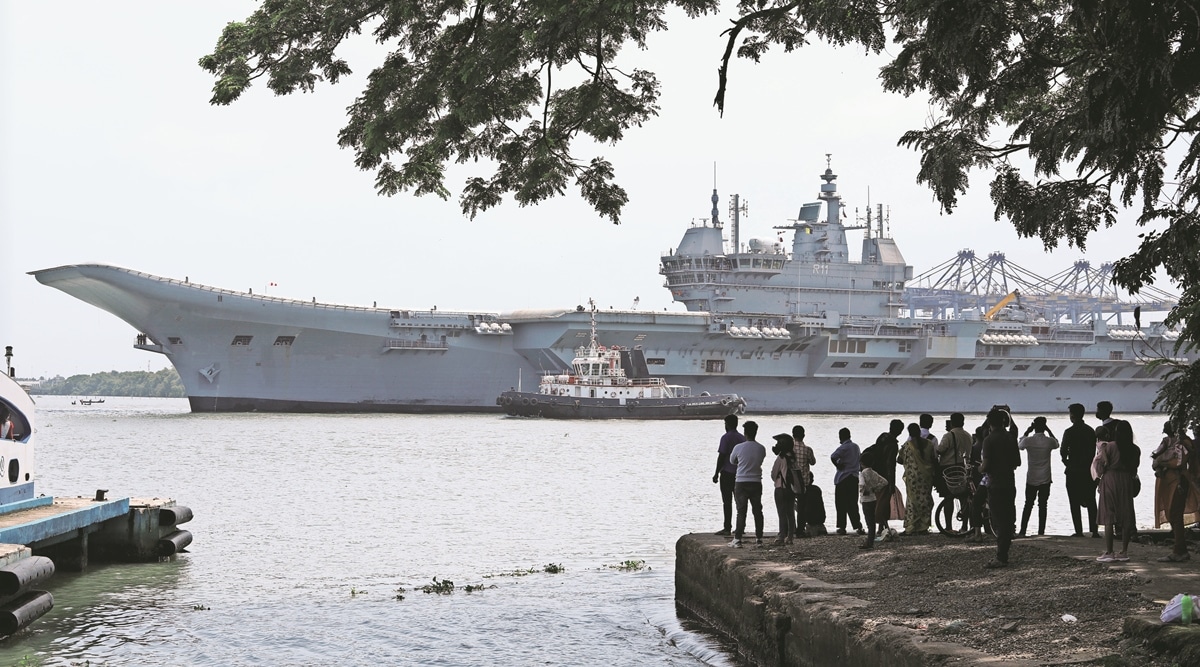SOURCE: RAUNAK KUNDE / NEWS BEAT / IDRW.ORG


The Indian Navy is embarking on an ambitious endeavour to bolster its naval capabilities with the development of a second aircraft carrier, known as the Indigenous Aircraft Carrier II (IAC-II), and the proposed third aircraft carrier, IAC-III. These carriers will play a pivotal role in enhancing India’s maritime security and power projection in the Indo-Pacific region.
IAC-II represents a significant leap in India’s quest for self-reliance in defence manufacturing. It will be based on the Vikrant Class lead aircraft carrier but with a higher degree of indigenization. This means that a larger portion of the carrier’s components and systems will be manufactured domestically, reducing dependence on foreign suppliers.
Scheduled to enter service in 2032, IAC-II will feature substantial upgrades compared to its predecessor. These improvements include larger lifts to facilitate the movement of aircraft between the flight deck and hangar, along with advanced weaponry.
While IAC-II is a significant development, the Indian Navy is also planning for the future by proposing the construction of IAC-III. This carrier will serve as a replacement for the Russian-supplied INS Vikramaditya after 2038. INS Vikramaditya, which was inducted into the Indian Navy in 2013, has a shelf life of 25 years. It is a modified Kiev-class aircraft carrier that was originally built in 1982, making it over 40 years old.
IAC-III will be a formidable addition to the Indian Navy’s fleet, boasting a displacement of nearly 65,000 tons. One of its key advancements will be the incorporation of the Electromagnetic Aircraft Launch System (EMALS), a cutting-edge technology that enables the launch of various types of aircraft with greater efficiency and flexibility.
With IAC-III, the Indian Navy aims to maintain its robust aircraft carrier capabilities and secure its position as a dominant maritime force in the region. These ambitious plans underscore India’s commitment to bolstering its naval capabilities and ensuring the security of its vast maritime interests.
NOTE : Article cannot be reproduced without written permission of idrw.org in any form even for YouTube Videos to avoid Copy right strikes